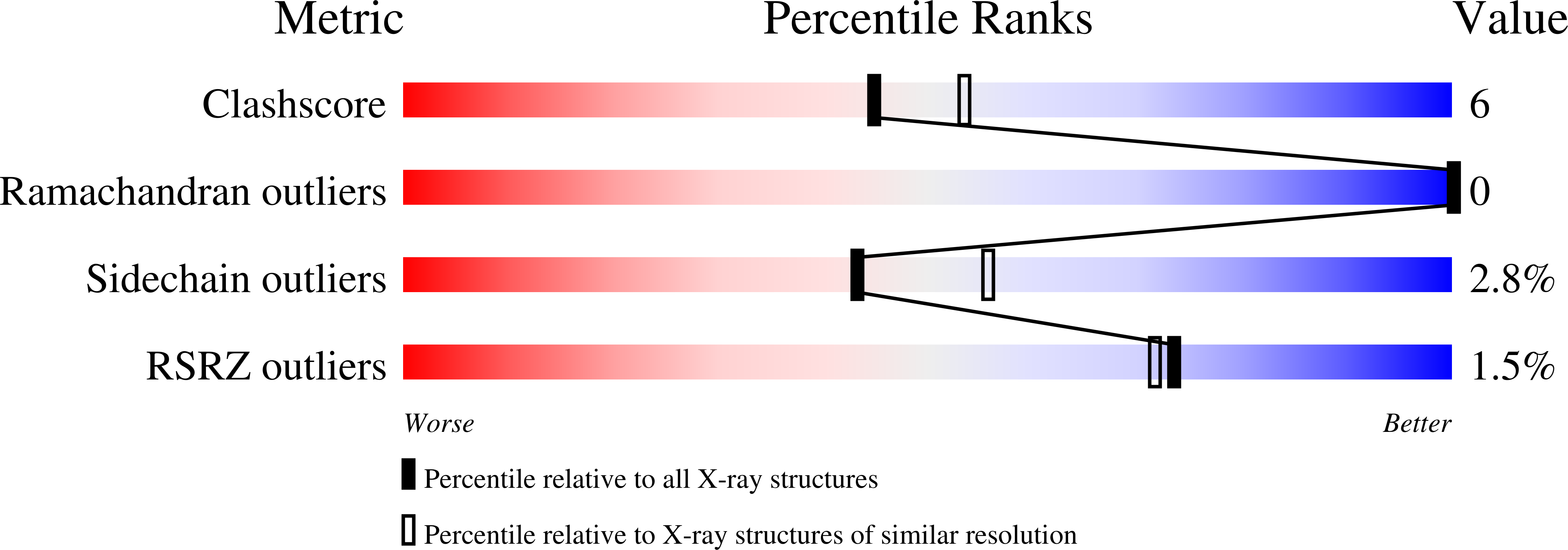
Deposition Date
1997-10-28
Release Date
1998-02-25
Last Version Date
2024-02-07
Entry Detail
PDB ID:
1DHS
Keywords:
Title:
CRYSTAL STRUCTURE OF THE NAD COMPLEX OF HUMAN DEOXYHYPUSINE SYNTHASE
Biological Source:
Source Organism:
Homo sapiens (Taxon ID: 9606)
Host Organism:
Method Details:
Experimental Method:
Resolution:
2.20 Å
R-Value Free:
0.24
R-Value Work:
0.15
R-Value Observed:
0.15
Space Group:
P 4 21 2


